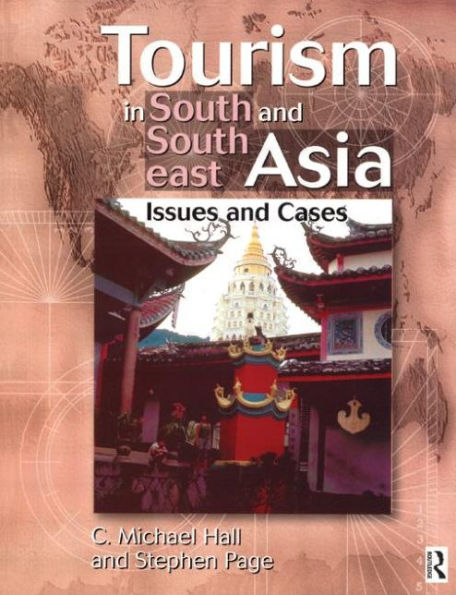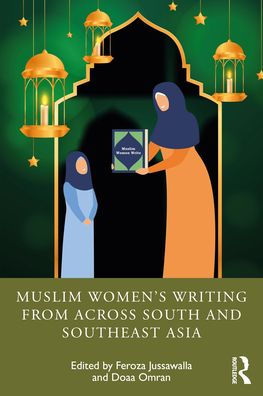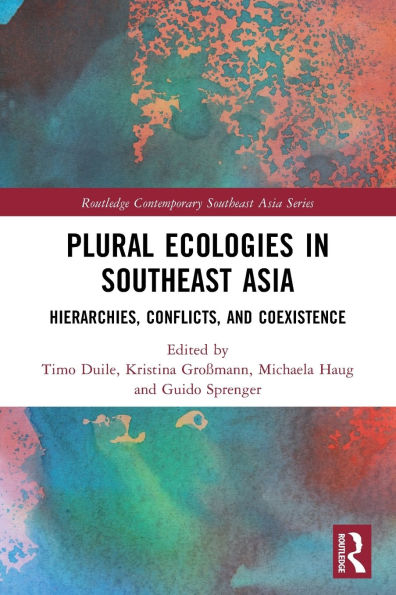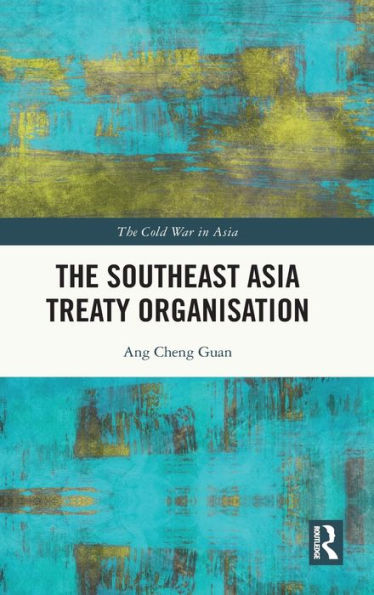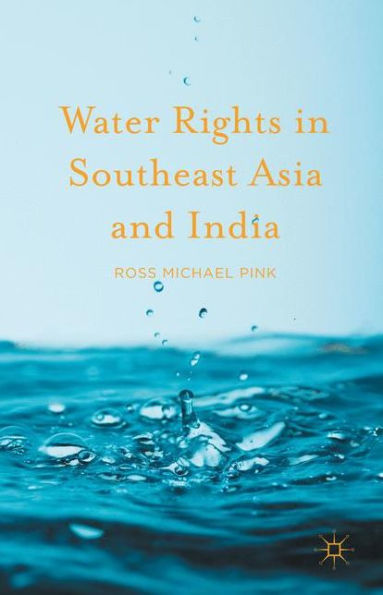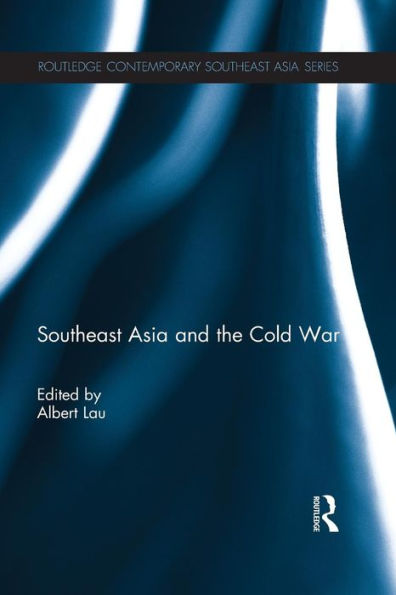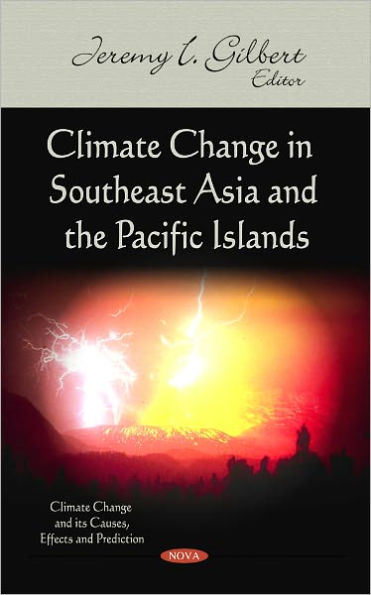Home
The Ecology of Large Herbivores South and Southeast Asia
Barnes and Noble
The Ecology of Large Herbivores South and Southeast Asia
Current price: $169.99
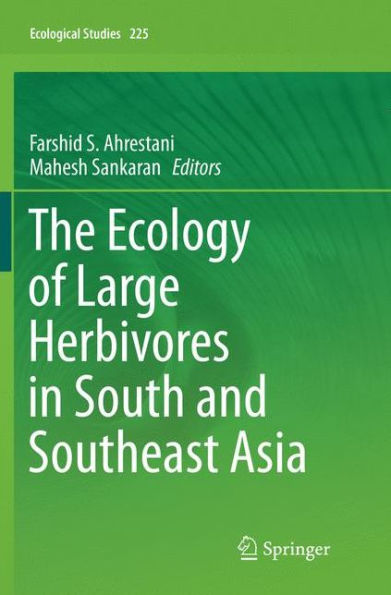

Barnes and Noble
The Ecology of Large Herbivores South and Southeast Asia
Current price: $169.99
Size: Hardcover
Loading Inventory...
*Product information may vary - to confirm product availability, pricing, shipping and return information please contact Barnes and Noble
Large terrestrial mammalian herbivores play critical roles in ecosystems by acting as regulators of energy and nutrient cycles, modulators of plant community composition and grassland-woodland transitions, agents of seed dispersal, and as prey for large carnivores. Though large herbivores represent a prominent component of mammalian assemblages throughout South and Southeast Asia, little is known about their roles in ecosystems in the region.
This volume presents, for the first time, a collection of studies on the ecology of the rich and diverse large herbivore assemblages of South and Southeast Asia. Prepared by experts on herbivores of the region, it covers a comprehensive range of topics, including their evolutionary history, behavioural, nutritional, and population ecology, patterns of diversity across environmental gradients, roles as seed dispersers and regulators of plant growth, community compositions, and their conservation in the face of hunting andglobal change.
This volume presents, for the first time, a collection of studies on the ecology of the rich and diverse large herbivore assemblages of South and Southeast Asia. Prepared by experts on herbivores of the region, it covers a comprehensive range of topics, including their evolutionary history, behavioural, nutritional, and population ecology, patterns of diversity across environmental gradients, roles as seed dispersers and regulators of plant growth, community compositions, and their conservation in the face of hunting andglobal change.
